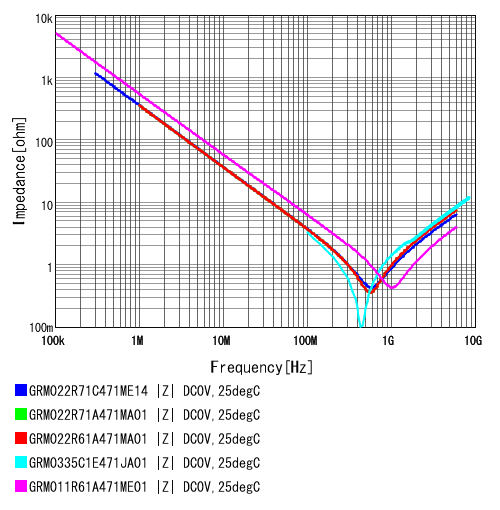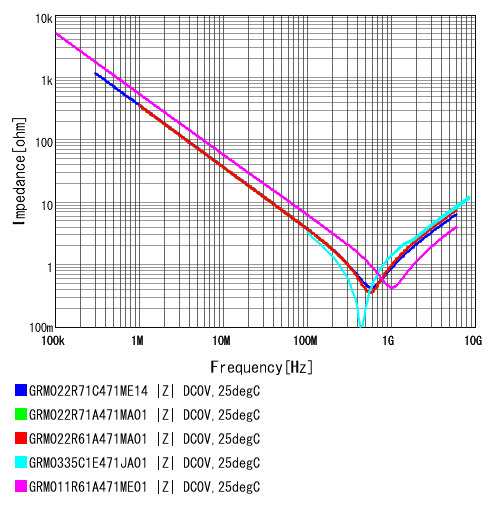Hello!
I'm use TLV62130 for regulate 3.3V from 12V input.
Durring EMC scan I found out wide emission about 400 MHz.
Check with oscilloscope show "ringing" on some pulses at SW pin.
What is really strange, that "ringing" goes away with single one, narrow load point, about 0.25A...
What could be wrong with my design?
With best regards,
Serhiy.
Schematic:
PCB layout:
SW pin waveform:
Ringing present with load 0.1A … 0.23 A:
NO Ringing with load 0.25 A … 0.255 A:
And Ringing back with load 0.27A … 3 A, but with a little bit bigger amplitude:




